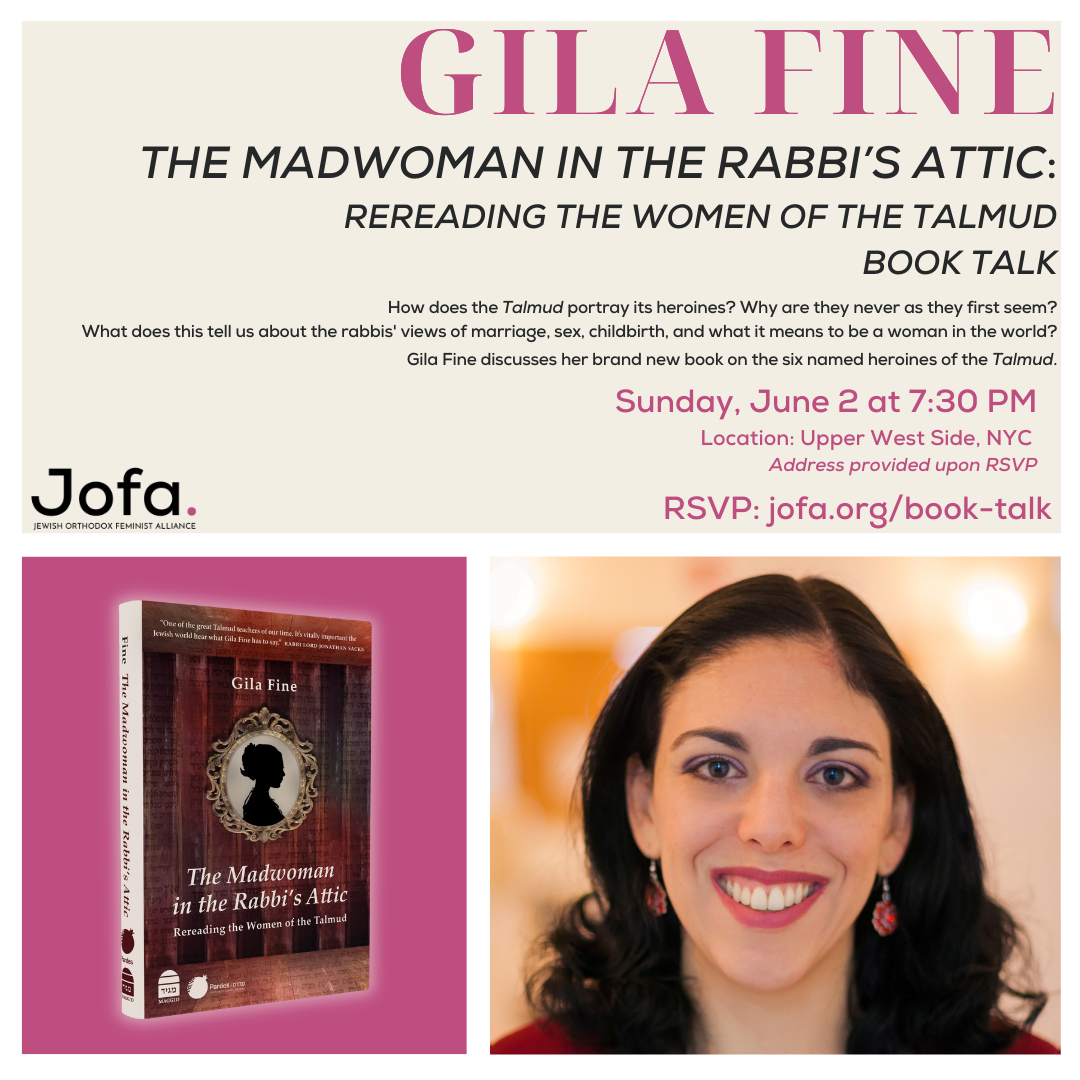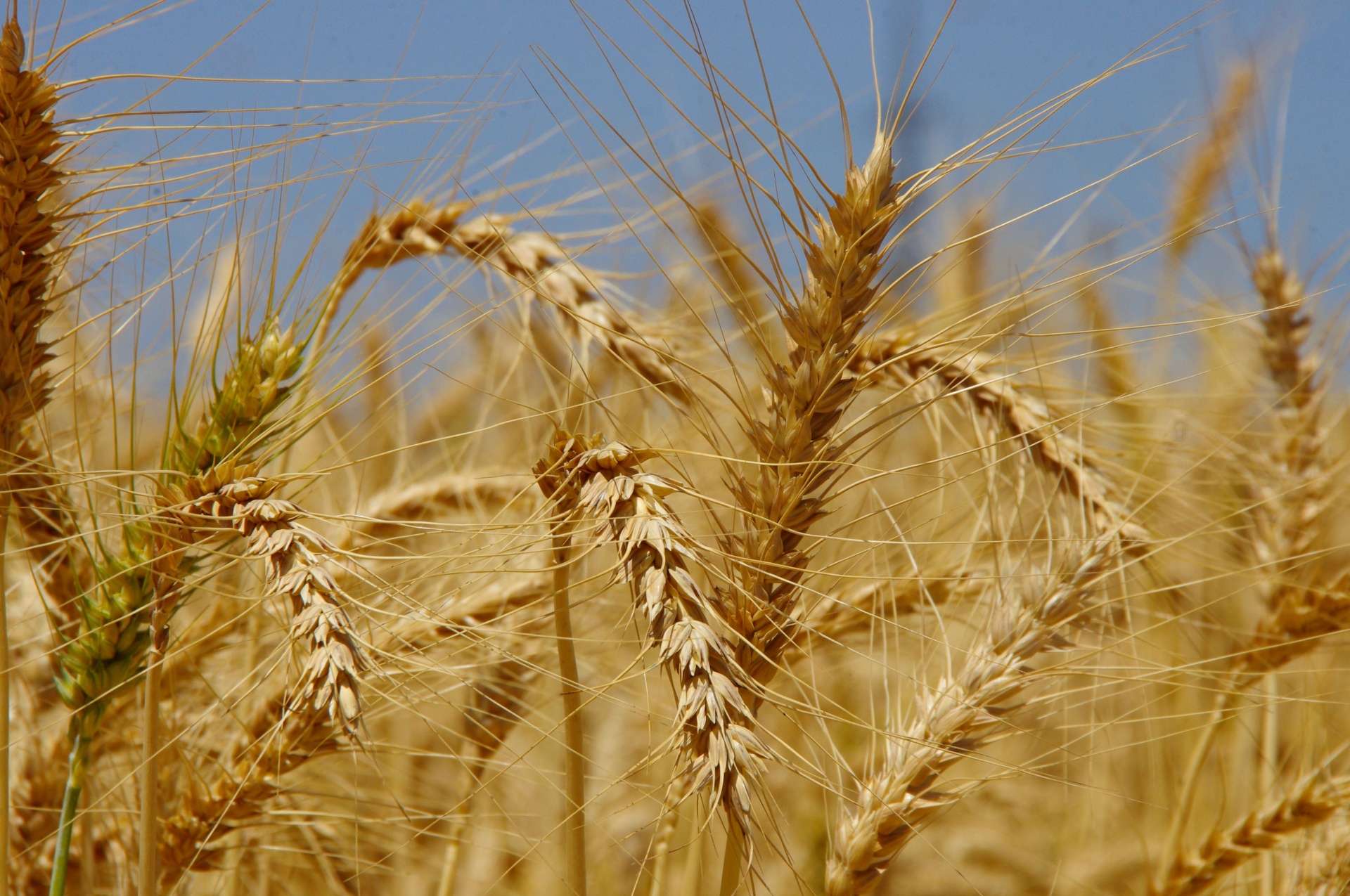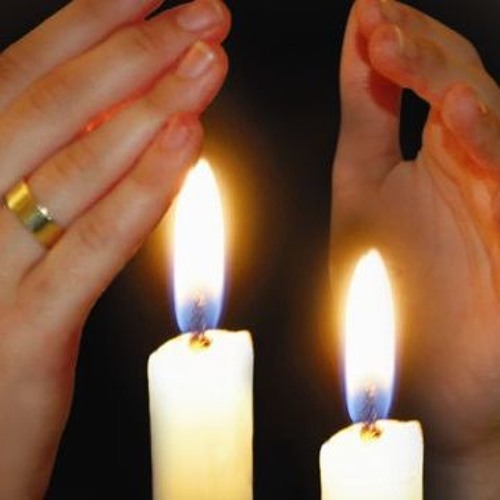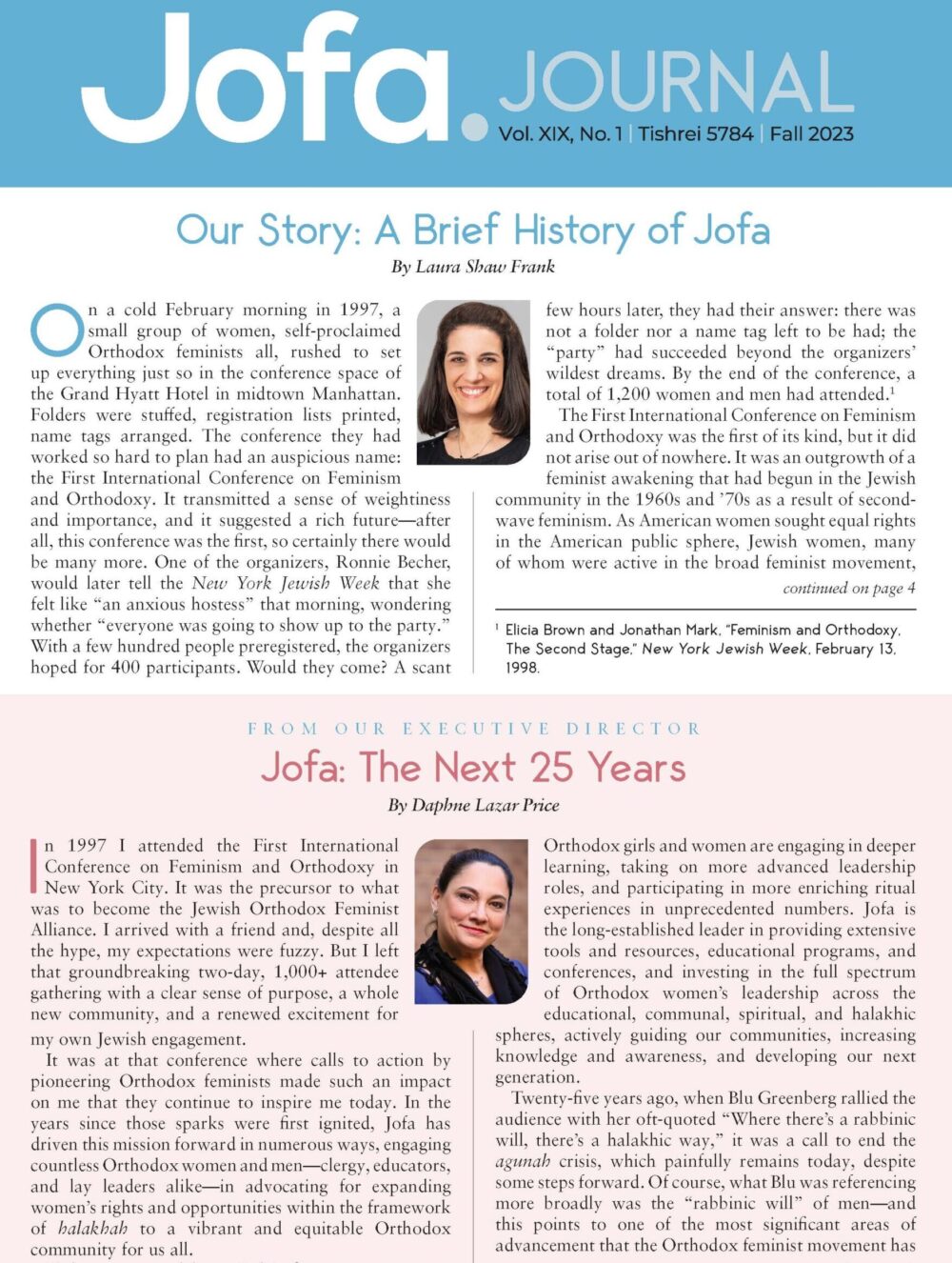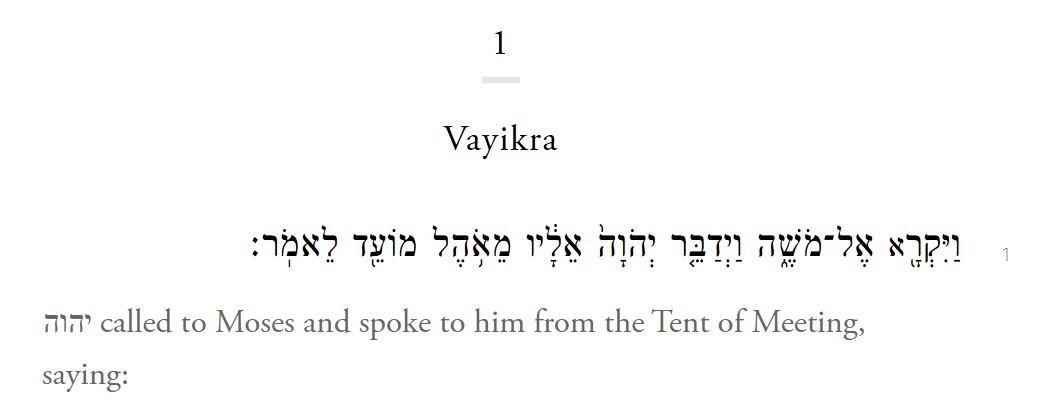Illuminations and Commentary by Debra Band
Honeybee in the Garden, 2016, $49.95
By Roselyn Bell
Debra Band’s new volume of illuminated texts for Kabbalat Shabbat and Friday night home rituals is both visually breathtaking and conceptually very ambitious. She has provided multiple commentaries, artistic and literary, for the texts, as well as conceptual approaches to them from historical and scientific perspectives. This is a book designed to encourage hiddur mitzvah, the amplification of the beauty of carrying out a mitzvah and the deepening of its meaning.
Band expands our understanding of the Friday night liturgy by drawing upon midrash, history, and even contemporary astrophysical understandings of the structure of the universe (“Grand Unification Theory”). Prof. Arthur Green, in his introduction, traces the history of Kabbalat Shabbat, from its halakhic roots in determining the time of acceptance of the beginning of Sabbath and its mystical roots in sixteenth-century Safed. There, the followers of Rabbi Isaac Luria, building upon an earlier tradition of merkavah mysticism, brought the esoteric notion of the sefirot to the masses, and introduced the custom of welcoming the Sabbath as a bride and a queen. This feminine imagery then became amplified by the recitation at the dinner table of the verses from Mishlei describing the eishet hayil, the valiant woman who is both homemaker and heroine, and the glorification of the Shekhinah, the feminine aspect of God and the most accessible of the sefirot.
The illuminated pages begin with the preparatory aspects of Shabbat—a prayer for the separation of hallah and the poem of Hayyim Nahman Bialik, Hahamah Meirosh Ha’ilanot Nistalkah—not your usual erev Shabbat siddur fare. The illustrations are richly symbolic, with explanations of their symbolism offered in the commentary at the back. The modes of illustration incorporate traditional forms of Jewish artistry, such as micrography and papercuts. At other times, the drawings portray scenes from the land of Israel or from nature that are symbolically connected to the text.
The Hebrew script is in a calligraphic hand that Band created and used in her earlier books, and the English script is based on an Italian Renaissance italic font. In contrast, the Ma’ariv liturgy (i.e., not the Kabbalat Shabbat or home rituals) is presented in standard Hebrew and English fonts, with a simple border framing all those pages.
This is an aesthetically and interpretively dense book. It may be a bit too rich to take to synagogue for davening Kabbalat Shabbat, but it is far more than a coffee table book. It should be invited, like the Sabbath queen, into our homes and Shabbat dinner tables to enliven and deepen our appreciation of Shabbat.

